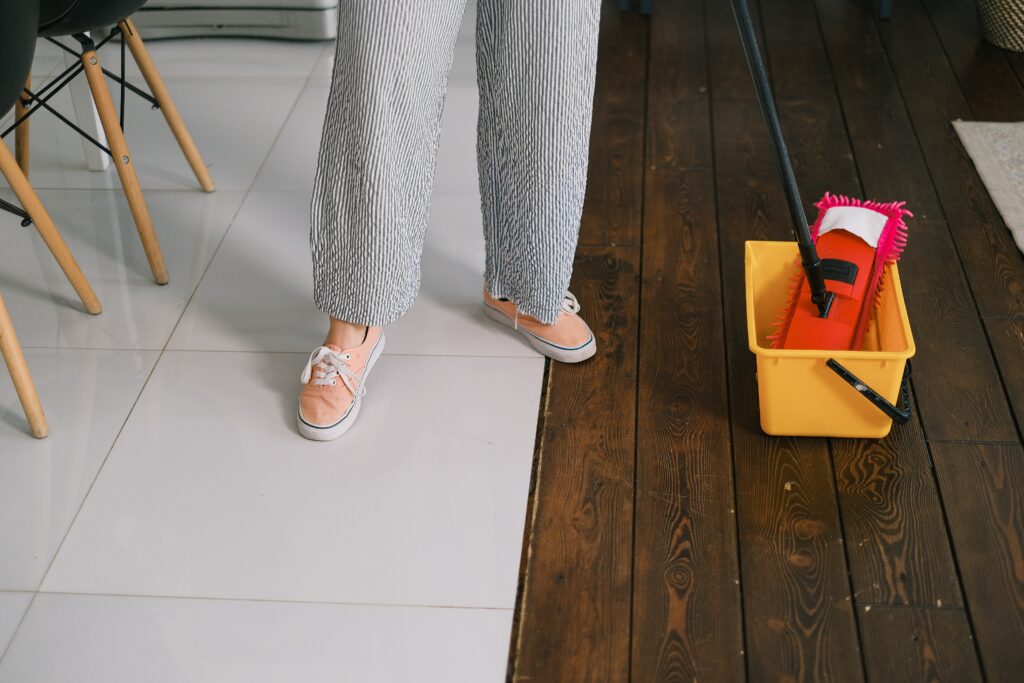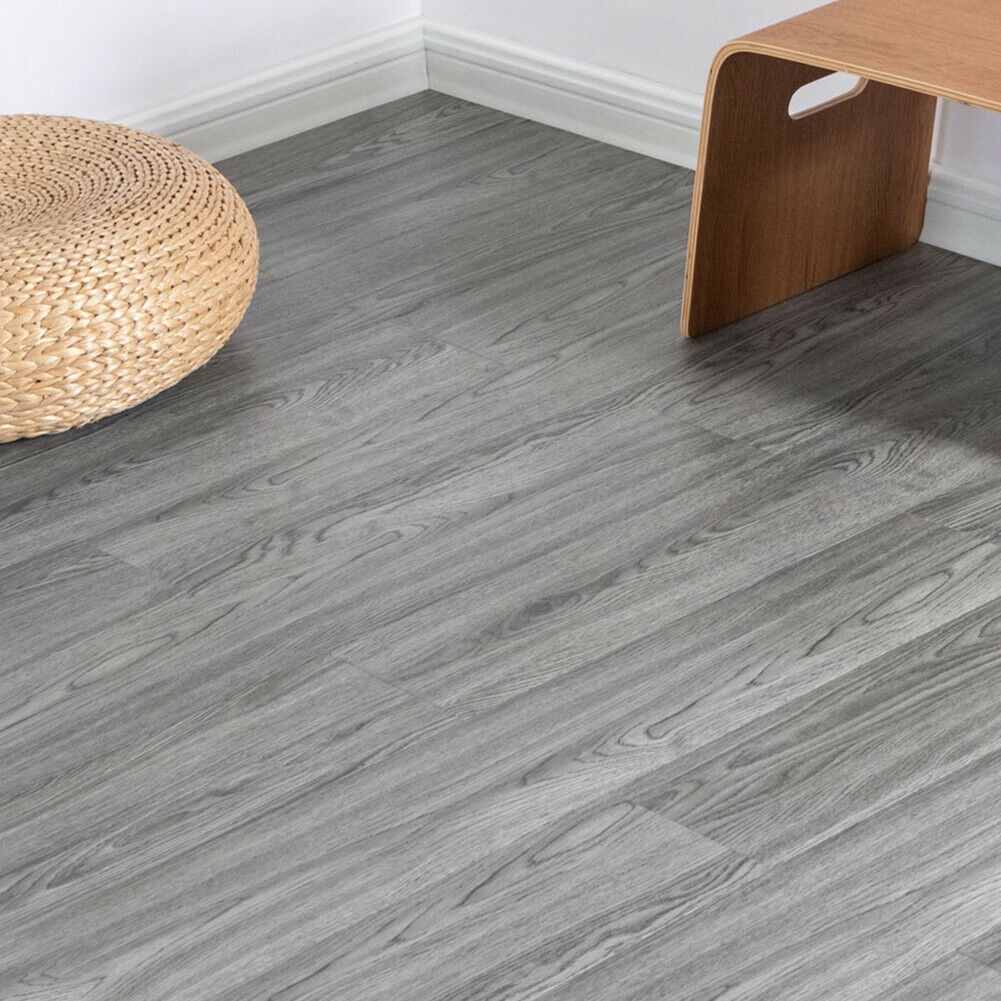Tile Floors: How to Keep Them Clean
If you take extraordinary care of your tile floors, they can last a long time.
Tile, unlike some different forms of flooring, is somewhat low-maintenance.
Warm water, a little soap, and a mop or cloth are all you need to maintain the floor clean and shiny.
How Often Should Tile Floors Be Cleaned?

To remove the gritty particles that can dull the finish of a tile floor, it must be “dry cleaned” or swept or vacuumed at least twice a week.
Every two weeks, mop the tile floor in the kitchen and once a week in the bathroom. Onetime in every two to three months, spot-clean the grout.
Tile flooring is a good choice for your bathroom and kitchen because it’s both durable and stylish at the same time.
It’s also easy to clean up bubble baths and rogue bowls of pasta that fall on your tile floor.
Your tile floors will stay clean as long as you follow these tips. We’ve put together our favorite things.
You’ll require the following items:
- Vacuum or broom and dustpan
- Chamois mop or rag
- Bucket
- A clean, dry cloth
- Dish soap or all-purpose cleaner
- Warm water
Ceramic or Porcelain Tile Floors: How to Keep Them Clean

Ceramic and porcelain tiles are the most prevalent types of tile flooring.
They’re effortless to keep clean, even if the buildup of dirt beneath your feet can be challenging to notice.
Utilize almost any type of cleaner to clean ceramic or porcelain tiles, whether it’s all-purpose, dish soap, or basic white vinegar—tiles don’t scratch or lose their shine readily.
- Must sweep or vacuum the tile
Create a point of getting into the corners, where dirt collects. Dust and hair are thoroughly picked up with a microfiber duster.
- Combine the Cleaner and Warm Water
Immerse a rag or chamois mop into the solution rather than a sponge mop. Squeeze out any excess water, so it’s wet rather than soaked.
- Create even, soft strokes with the mop across the floor.
As you move across the room, follow a plan to ensure that no inch of the floor is overlooked.
- Replace the water
The water will become cloudier as you rinse out the mop or rag. To avoid leaving a foggy coating of grime on the tile, dump the dirty water and refill it regularly.
If you finish and notice the haze, make a solution of white vinegar and hot water and use it to the film with a moist rag to remove it.
- Grout should be cleaned.
Spray the grout with a grout-specific cleanser or make a bleach solution (using gloves to avoid getting bleach on your bare hands). Let it sit for a few minutes before rinsing it off.
- Using a clean cloth, dry the floor.
If your tile is prone to wet spots, dry it promptly after mopping with a clean cloth.
Floors made of marble or natural stone tiles can be cleaned in various ways

Marble, slate, and granite tile floors can be cleaned similarly to porcelain and ceramic tiles, with a few exceptions:
When sweeping natural stone tile floors, use a soft-bristled brush because they scratch considerably more quickly than ceramic and porcelain.
Check if you’re using the proper type of floor cleaner: Anything acidic, such as vinegar, can stain slate and marble tiles, whereas granite tiles require a pH-neutral, mild detergent to avoid discoloration.
How to Clean Linoleum and Vinyl Tile Floors
Although vinyl and linoleum floors are less expensive than stone or ceramic tiles, they require just as much maintenance.
Although using a steam mop may appear to be a quick fix, vinyl and linoleum aren’t designed to resist extreme heat and dampness.
Linoleum

After sweeping, clean with a linoleum-specific solution or a solution of borax and water.
To keep the floor’s brilliance, add a coat of wax and buff it every three to six months.
Vinyl

After sweeping, mop the vinyl with the manufacturer’s recommended cleaning solution or a water-vinegar solution.
Use non-abrasive cleaners to avoid scratching the floor.
Getting Rid of Grout Stains

Grout stains readily, especially if it’s light in color. If you can’t get the paint off with ordinary cleaning, prepare a paste using baking soda and water.
Put it on the stain and allow it to stay for a few hours—or even overnight—before using a nylon brush to scrape it out (or, in a pinch, an unused toothbrush).
Some people propose utilizing a steam cleaner to remove grout stains; however, it might harm the grout.
To avoid any danger, use a baking soda paste and seal it with a silicone-based sealer once the grout is clean.
So, there you have it! These are just some of the tile floors and how you can clean them. We hope you learned how to keep them clean!
Do you have a hard time cleaning your tile floors? Do you need some help and just don’t have time? We are ready to clean your home so that you can relax and enjoy your life! Call us now!







